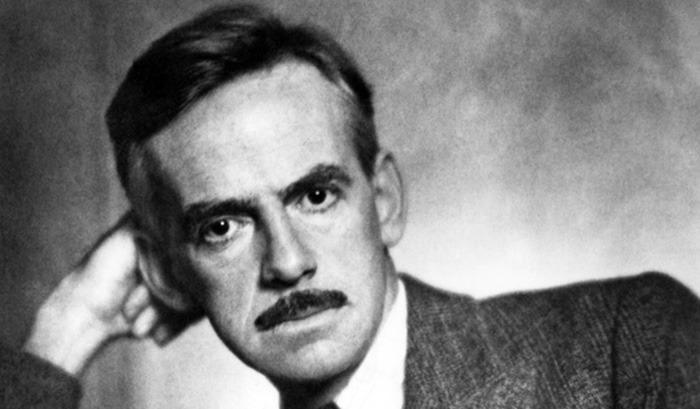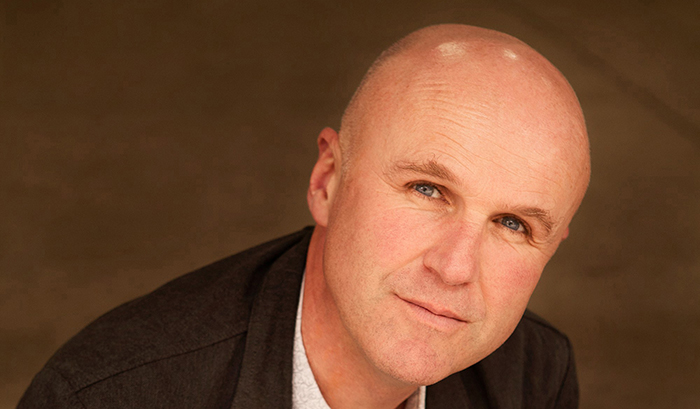Sunshine also sets up in structure, at least a promising story: A high-stakes space-mission with an equally high science-fiction concept and a claustrophobic setting perfect for boiling characters. Its the year 2057, Cillian Murphys voice-over tells us. The Sun is dying, and we are dying along with it. To save us, a crew of astronauts on board a spaceship called the Icarus II heads to the Sun to deliver a nuclear bomb the last one that can jump-start the Sun. They encounter, along the way, a distress signal from the Icarus I, which disappeared 7 years earlier. What happened to the earlier, doomed spaceship? Is the crew still alive, somehow, after all this time? And why did they fail in their mission?
Yeah, Right!
As the film progresses through roughly its first half to two-thirds, the tension of a survival drama gradually builds. Things start going wrong. Then they get even worse. All the while theres a mystery to be solved and a mission to complete lest humanity become extinct. Its compelling stuff. Only, the film starts to unravel once the mystery of the Icarus I is solved in a way suggesting that Boyle and screenwriter Alex Garland forgot they were doing a science-fiction movie and not a horror film. What starts out in a vein vaguely similar to 2010 suddenly veers into Event Horizon territory. (Note: In that film, the evil ship Event Horizon also disappears 7 years prior to the films events. Hmm.) And while Sunshine never resorts to the supernatural for explanations, the way Boyle unwisely chooses to present the solution in a blurry, rarely-in-focus kind of way suggests that he wishes it did. Worse is that the solution is so philosophically banal and derivative of other movies that its barely worth doing linguistic acrobatics to avoid spoiling the film.
In particular, the storys unfortunate schlockification comes to illustrate the many chinks in the films plausibility. Its not just the silly things, like giving objects sound in the vacuum of space (spinning towers on the Icarus II whoosh by with a baritone rumble); its also the story-critical ones. Whether its the vital Icarus I solution how, given what we know, it is even possible or just the way certain events unfold, Sunshine ends up being better named yeah, right by the time credits grace the screen. Among the questions we could ask: Why is it really necessary to send a manned mission to the Sun? What good is an artificially intelligent computer that doesnt actually do anything unless spoon-fed?
Where’s the Science?
Going back to the earlier question, its clear that as a house in-and-of-itself, Sunshine is pretty but not functional. As to whether it has a foundation to stand on, consider these fascinating facts. A star with the mass of our Sun equivalent to 332,946 Earths has a lifespan of roughly 10 billion years. Our beloved star is currently in a comfortable middle age at 4.57 million years. When it reaches the end of its life, it wont explode in a nova, but will switch from burning (actually fusing) hydrogen to burning helium, a process that accompanies the Suns outer layers expanding and turning red. What this means in terms of the movie is that there is no way that the Sun would simply start losing energy output thus rendering the Earth increasingly cold let alone die in 2057. Granted, a science-fiction film could present this really fictional scientific scenario provided it actually offers an explanation. But this is where Sunshine fails most spectacularly; it doesnt. This is a science-fiction film with no interest in the science. Where the Suns impending death could be a mystery for the film to solve, it actually becomes a relentlessly nagging question that doesnt let up.
Interestingly, the films entry at Wikipedia suggests that the films back-story included an explanation for the Suns death something referred to in theoretical physics as a Q-Ball. But even if the film bothered to mention Q-Balls, trying to explain them would be too ridiculously complicated which is presumably while Boyle and Garland didnt even try. (And no, I cant explain it either.) So much for the films scientific advisor, Dr. Brian Cox of CERN (European Organization for Nuclear Research).
Not the Science Fiction I’m Looking for
Science-fiction sensible science-fiction, of the kind 2001 and 2010 consist of has been sorely lacking in films for a long time. When a film like Sunshine comes along, it holds a certain promise. Alas, the film, if it were a house, isnt believable from its foundation on upward, and that promise remains unfulfilled. It seems we are doomed to have a small number of great science-fiction films and a glut of bad ones, with very few achieving a happy balance between the two. Sunshine isnt one of those few, and it’s sadly not great.
Entertainment Value: no stars (out of two)
Technical Quality: * (out of two)
Sunshine. Written by Alex Garland. Directed by Danny Boyle. Starring Cillian Murphy, Chris Evans, Michelle Yeogh, Troy Garity, Rose Byrne, Cliff Curtis, Benedict Wong and Hiroyuki Sanada. 109 minutes. Rated R for violent content and language.







